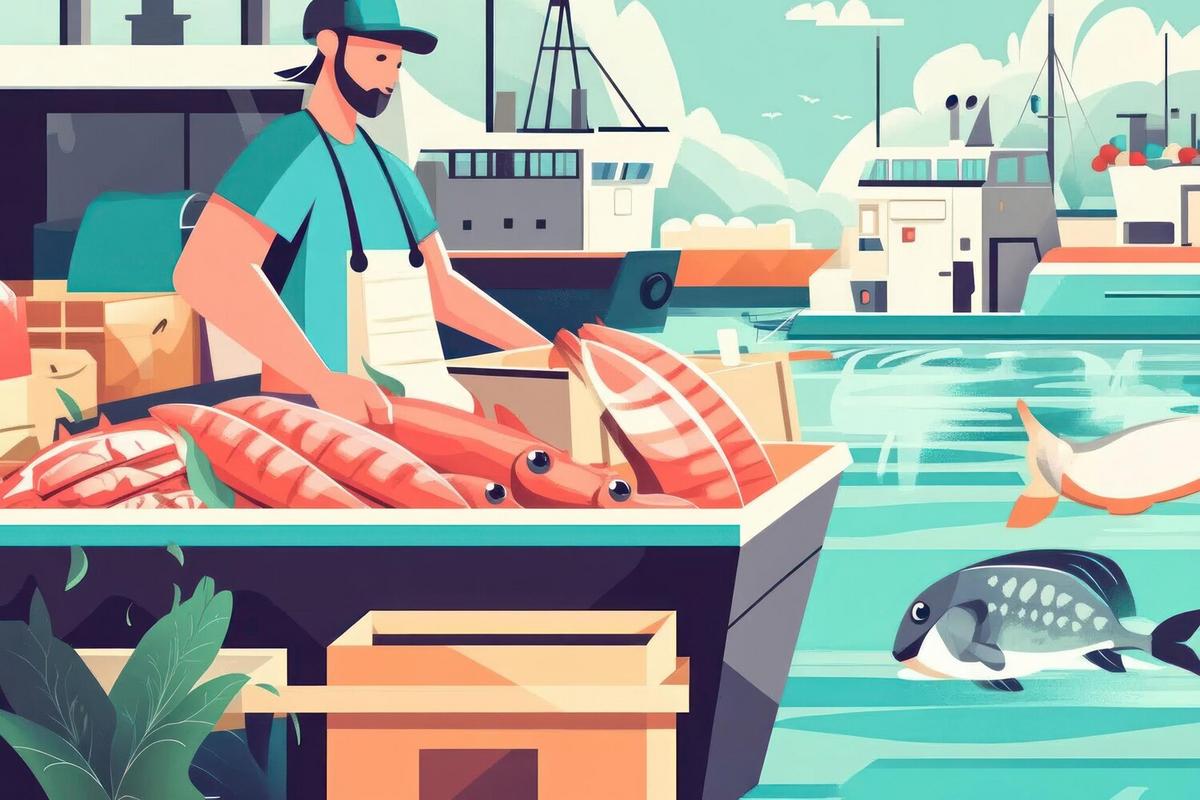Sustainable seafood choices are gaining attention as more consumers become mindful of their environmental impact, but navigating the ocean of options can be daunting. This guide aims to simplify your journey toward conscious consumption by highlighting five sustainable seafood choices that benefit both the planet and your palate.
Understanding Sustainable Seafood
Sustainable seafood is sourced in ways that consider the long-term vitality of marine species and the health of the oceans. According to the Marine Stewardship Council, sustainable fishing helps maintain fish populations and minimize environmental impact, ensuring future generations can continue to enjoy ocean resources. With overfishing threatening many species, making informed choices is crucial.
Top 5 Sustainable Seafood Choices
1. Pacific Sardines
Pacific sardines are a small, nutrient-rich fish that reproduce quickly, making them a sustainable choice. They are high in omega-3 fatty acids and can be used in a variety of dishes. According to Seafood Watch, sardines have a relatively low environmental impact compared to larger fish.
2. Farmed Mussels
Mussels are not only delicious but also help clean the water they inhabit. Farming mussels requires no feed, making their cultivation low-impact. Mussels are versatile in the kitchen and can be steamed, grilled, or added to pasta dishes for a nutritious meal.
3. Alaskan Salmon
Alaskan salmon is renowned for its sustainable management practices. The state of Alaska has strict regulations to ensure that salmon populations remain healthy. Wild-caught Alaskan salmon is rich in flavor and nutrients, making it a smart choice for eco-conscious consumers.
4. Atlantic Mackerel
Atlantic mackerel is a fast-growing species with a robust population. This oily fish is packed with essential nutrients and offers a sustainable option for those looking to reduce their environmental footprint while enjoying seafood.
5. Arctic Char
Arctic char is similar to salmon and trout, both in flavor and texture. It is often farmed in closed systems that minimize environmental impact. This makes arctic char a sustainable and tasty alternative for seafood lovers.
Expert Opinions and Research
Dr. Richard Smith, a marine biologist, emphasizes the importance of supporting fisheries that prioritize sustainability, “Choosing seafood from well-managed sources helps preserve marine ecosystems.” Research by the Ocean Foundation indicates that consumer demand for sustainable seafood is on the rise, with many looking for certifications like the MSC label.
Actionable Tips for Buying Sustainable Seafood
- Look for certifications such as the Marine Stewardship Council (MSC) label when shopping.
- Ask your fishmonger about the origin and catch method of the seafood.
- Utilize resources like Seafood Watch to stay informed about sustainable options.
Conclusion
Choosing sustainable seafood is a vital step toward protecting our oceans and ensuring that future generations can enjoy these resources. By selecting options like Pacific sardines, farmed mussels, and Alaskan salmon, you support responsible practices that benefit the environment. Educating yourself and making conscious choices can lead to a more sustainable lifestyle.
Frequently Asked Questions
What is sustainable seafood?
Sustainable seafood is sourced in ways that ensure the long-term health of fish populations and marine ecosystems.
Why is sustainable seafood important?
It helps prevent overfishing, preserves biodiversity, and supports healthy ocean environments.
How can I identify sustainable seafood?
Look for certifications like the MSC label and consult guides such as Seafood Watch for recommendations.
Are farmed fish sustainable?
Some farmed fish, like mussels and arctic char, are sustainable when produced in environmentally responsible systems.




Leave a Reply